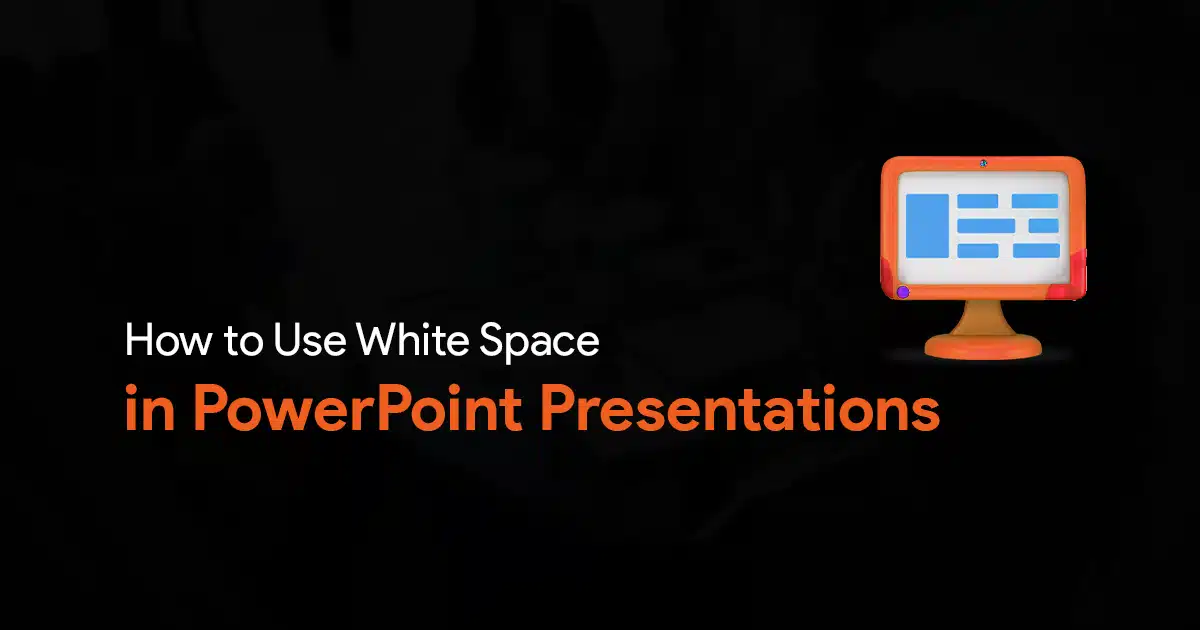How to Deliver Effective Research Presentations

Knowing how to deliver an effective research presentation is a must-have skill for academics, scientists, and professionals. In this article, I will guide you through the essential elements of a successful research presentation. I will cover everything from structuring your presentation and designing slides to delivery tips and techniques. So keep reading, you will definitely learn something new here!
Practice!
Most people tend to put off work for the last minute, but the best way you can prepare for your research presentation is start working on the presentation as early as you can. This is to make sure that you can start rehearsing your presentation delivery as soon as possible. Contrary to what you think, just rehearsing your presentation in your head isn’t going to be enough. You are supposed to practice out loud, preferably in front of a mirror. Or you can take a video of yourself presenting and then review it later. Practicing in front of friends is also a good idea, with the added benefit of getting honest feedback.
Less content on your slides.
You will always benefit from simplifying your slides. Limit the amount of text on your slides, and use more graphs, images, etc. to convey your messages. You can even reduce the number of slides in your presentation. Aim for 1 slide per minute, and you shall have enough. Limit the scope of your presentation, reduce the number of slides, and even reduce the content on each slide to improve your overall presentation.
Also since the time you get for a presentation is usually very less, try not to present your entire research paper. Focus on the main parts and summarize the highlights.
Presentation technique matters.
Guide your audience through your presentation as it were a story. Employing storytelling techniques in your presentations has always been a guaranteed method to keep your audience engaged and interested in your presentation.
Here is how you can craft a research narrative in simple terms:
1. Start with a Strong Hook
It’s a good idea to begin your presentation with an interesting fact, a surprising statistic, or a question. Using such a hook in your presentation will grab your audience’s attention and make them curious about what comes next.
2. Provide Context
Along with the hook, give your audience some background information to help them understand why your research is important. Explain the problem you’re addressing and the real-world implications of your study.
3. State Your Research Question or Hypothesis
Clearly state the main question or your hypothesis that your research addresses in this part. This will give your audience some clarity on your research focus.
4. Describe Your Methods
Now take some time to briefly explain how you conducted your research. Doing this helps your audience understand the process and the validity of your research findings. Keep things simple and jargon-free.
5. Present Your Findings
It’s time to now share the main findings of your research. You can highlight the most significant results and explain their relevance.
6. Discuss the Implications
Next, explain the broader implications of your findings now. Talk about how your research contributes to the field, the potential applications, and the future directions for research.
7. Conclude with a Strong Ending
Wrap up your presentation by summarizing all the key points and emphasizing the significance of your work. You can end with a thought-provoking statement, or a vision for the future.
Another format you can follow is:
Introduction > Problem > Solution and Objectives > Methods > Results > Discussion
For the presentation itself, try to limit to 1 slide per minute. Write a script and practice it out loud. The more time you have to practice, the better your presentation will be.
Make sure you follow all the common design principles of a good presentation.
Choose 2 fonts and stick to them for the entire presentation.
Choose a color palette and use it for the entire presentation.
Do not use too much text on your slides. Your slides are only there to complement your presentation. You are not supposed to read your slides out loud.
Use a font size that is comfortable for people to read.
And make sure there is enough contrast between the background and text on the slide.
Follow these tips, and your research presentation will be a success! Remember to end the presentation with an acknowledgement or thank you.
Also, if you’re struggling with the whole slide creation process, check out SlideBazaar’s range of PowerPoint templates that you can customize and use to create presentations in no time. You will definitely find these templates useful, so do check them out.


